Best air purifiers for allergies that remove dust, pollen, and pet dander. Discover expert picks for clean, fresh air and better breathing today.
The best air purifiers for allergies use true HEPA filters to capture pollen, dust, pet dander, and mold spores. These devices improve indoor air quality, reduce sneezing, and create a healthier home environment. Choosing the right purifier ensures fresher air and noticeable allergy relief.
🤔 Struggling With Allergy Symptoms at Home?
If you wake up with a stuffy nose, itchy eyes, or endless sneezes, your home air may be the culprit. Allergies often sneak indoors through open windows, clothing, or even your beloved pets. While cleaning helps, it rarely tackles microscopic allergens floating in the air. That’s where air purifiers step in. These smart devices quietly filter your air, removing invisible triggers that make you miserable. Let’s explore the best air purifiers for allergies so you can finally breathe easier and feel better every day.
🌬️ What Makes an Air Purifier Good for Allergies?
The top air purifiers for allergies aren’t just about blowing air around. They use specialized filters designed to capture tiny particles—as small as 0.3 microns. For context, a human hair is about 70 microns thick. That means HEPA filters can trap pollen, dust mites, pet dander, and even some bacteria. The best units also include activated carbon filters to neutralize odors from pets, cooking, and smoke. Combined, these features help keep your indoor air cleaner and more comfortable.
🏆 Why HEPA Filters Are Non-Negotiable
When shopping for allergy relief, always look for True HEPA filters. These filters capture 99.97% of airborne particles at 0.3 microns—the size most harmful allergens fall into. Some cheaper units use “HEPA-like” filters, but don’t be fooled. Only True HEPA delivers medical-grade filtration that can make a real difference for allergy sufferers.
📊 Comparison of Top Allergy Air Purifiers
| Air Purifier | Filter Type | Coverage Area | Noise Level | Best For |
| Coway AP-1512HH Mighty | True HEPA + Carbon | 361 sq. ft. | 24–53 dB | Medium Rooms |
| Honeywell HPA300 | True HEPA | 465 sq. ft. | 40–60 dB | Large Rooms |
| Levoit Core 400S | True HEPA + Carbon | 403 sq. ft. | 24–52 dB | Bedrooms |
| Dyson TP07 | HEPA + Carbon + Fan | 500 sq. ft. | 40–62 dB | Multi-use |
🐾 Best Air Purifiers for Pet Allergies
Pet dander is one of the toughest allergens to beat. If you love your furry friend but hate the sneezing, choose a purifier with strong suction and HEPA filtration. Models like the Levoit Core 400S are excellent for capturing pet hair and microscopic dander. Activated carbon filters also help reduce that “doggy smell” that lingers in the air.
🛏️ Best Bedroom Air Purifiers for Allergies
Your bedroom should be your sanctuary, but allergens often build up in soft surfaces like bedding and carpets. A quiet air purifier is essential here. Look for models with a sleep mode that dims lights and reduces fan noise while still filtering the air. The Coway Mighty and Blueair Blue Pure 411i are popular picks for restful nights without sneezing.
🏡 Best Air Purifiers for Large Rooms
Got an open-concept living room or big family space? You’ll need a purifier with high CADR (Clean Air Delivery Rate). The Honeywell HPA300 is a powerhouse that can handle spaces up to 465 square feet. It moves a lot of air quickly, which is key when dealing with constant allergen exposure.
💡 Key Features to Look For in Allergy Air Purifiers
When buying an air purifier, keep these essentials in mind:
- True HEPA filter – Non-negotiable for allergies.
- CADR rating – Higher means faster air cleaning.
- Noise level – Especially important for bedrooms.
- Filter replacement costs – Ongoing expense to consider.
- Smart controls – App connectivity, timers, and auto mode add convenience.
⚡ Smart Air Purifiers for Allergy Sufferers
Smart technology takes air purifiers to the next level. Many modern devices connect to Wi-Fi, letting you control them from your phone. Some even have sensors that automatically adjust fan speed based on air quality. This means less guessing and more consistent relief. The Levoit Core 400S and Dyson TP07 both offer smart features that allergy sufferers love.
📊 Price vs. Performance: Finding the Balance
| Price Range | Typical Features | Recommended For |
| Under $150 | Small room coverage, basic HEPA | Dorms, offices |
| $150–$300 | Medium room coverage, HEPA + carbon | Bedrooms, living rooms |
| $300+ | Large coverage, smart controls, premium build | Whole homes, allergy-prone families |
🍃 Do Air Purifiers Really Help With Allergies?
Yes—when used correctly. Studies show that HEPA air purifiers reduce airborne allergens significantly, leading to fewer allergy symptoms. While they can’t remove allergens embedded in carpets or upholstery, they make a noticeable difference in overall air quality. Think of them as part of a bigger allergy management plan alongside cleaning and reducing exposure.
🌎 Energy Efficiency and Running Costs
Air purifiers often run 24/7, so energy efficiency matters. Look for Energy Star–certified models that keep electricity bills low. Replacement filters are another cost factor, typically needed every 6–12 months. Choosing a purifier with affordable, easy-to-find filters will save money long-term.
📊 Quick Look: Filter Replacement Costs
| Air Purifier | Replacement Interval | Avg. Cost |
| Coway Mighty | Every 12 months | $50–60 |
| Honeywell HPA300 | Every 6–12 months | $70–90 |
| Levoit Core 400S | Every 6–8 months | $40–50 |
| Dyson TP07 | Every 12 months | $80–100 |
🧼 Maintenance Tips for Allergy Relief
To get the most from your purifier, follow these steps:
- Replace filters on schedule.
- Vacuum the unit’s exterior to reduce dust buildup.
- Run it continuously during allergy season.
- Place it near the center of the room for maximum circulation.
A well-maintained purifier works more efficiently and lasts longer.
🌟 Common Mistakes to Avoid
Many buyers make the mistake of picking a purifier that’s too small for their room. Others forget to replace filters, reducing effectiveness. Another common slip is placing the purifier in a corner, blocking airflow. By avoiding these mistakes, you’ll maximize your allergy relief.
🚀 Final Thoughts: Choosing the Best Air Purifier for Allergies
The best air purifiers for allergies are the ones that fit your lifestyle, room size, and budget. Whether you need quiet relief in the bedroom or a powerful unit for the living room, the right purifier can transform your indoor environment. With cleaner air, you’ll notice fewer symptoms, better sleep, and an overall boost in comfort.
FAQs
What’s the best air purifier for seasonal allergies?
The Coway Mighty is a top choice for seasonal allergy sufferers. It removes pollen, dust, and mold effectively. Its quiet operation makes it perfect for daily use.
Do air purifiers help with pet hair and dander?
Yes, especially those with HEPA filters. They capture tiny pet dander particles and even reduce odors. Running one consistently helps keep air cleaner.
How often should I run my air purifier for allergies?
For best results, run it continuously. Many models are designed for 24/7 use. Keeping it on ensures allergens don’t build up again.
Are air purifiers safe to use at night while sleeping?
Absolutely, and some even have a sleep mode. They run quietly while still filtering allergens. This can help reduce nighttime allergy flare-ups.
What size air purifier do I need for a large living room?
Choose one rated for at least 400–500 sq. ft. The Honeywell HPA300 is a strong pick for large rooms. Always check the CADR rating before buying.

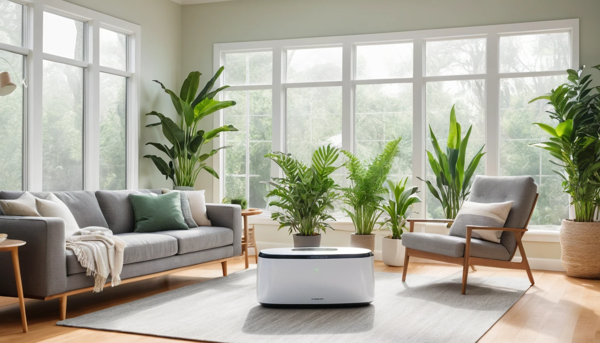
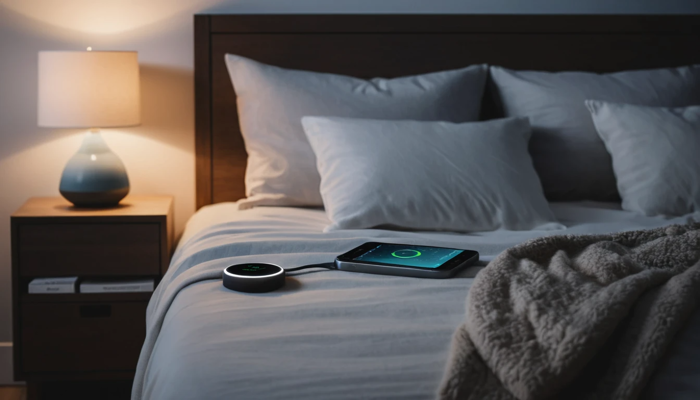
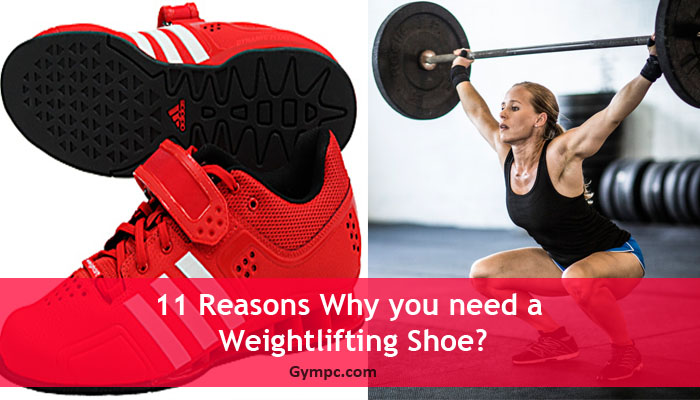
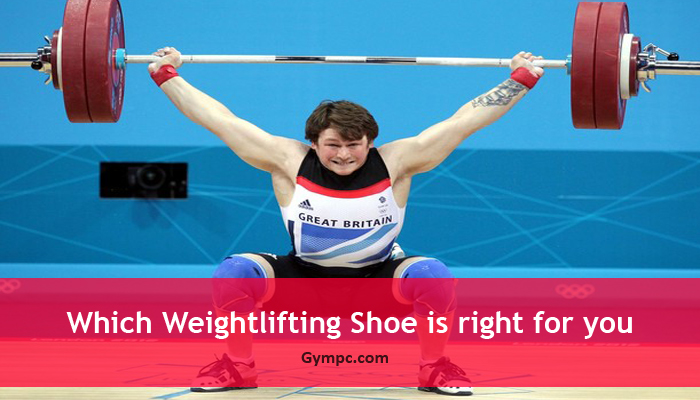
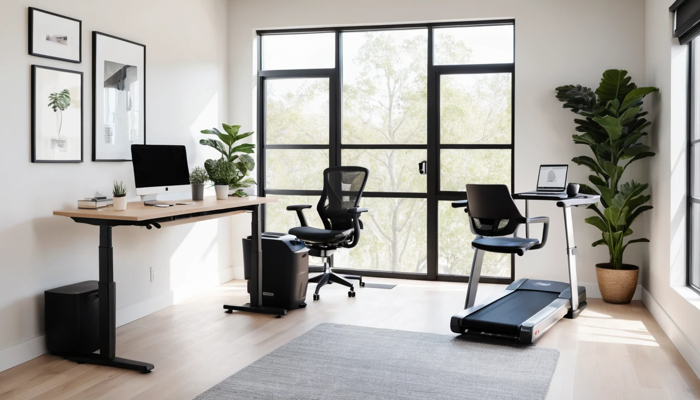
Leave a Reply